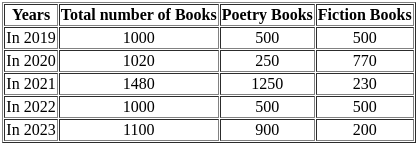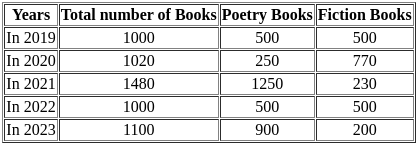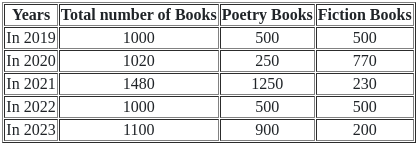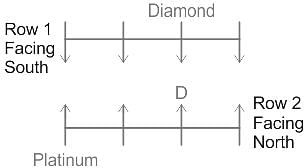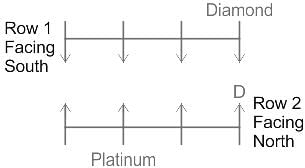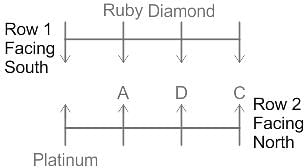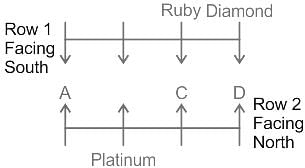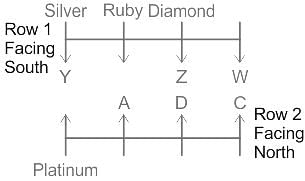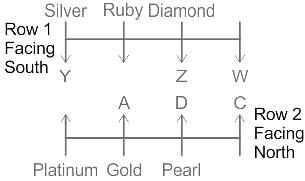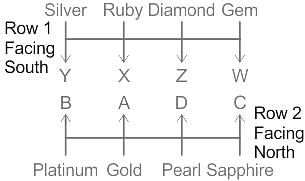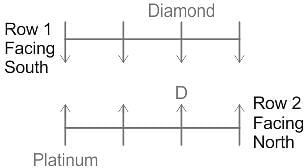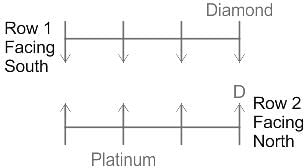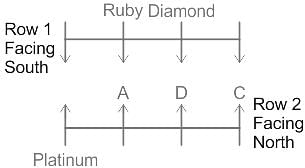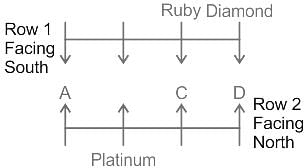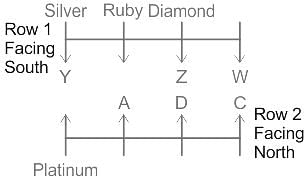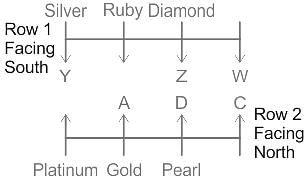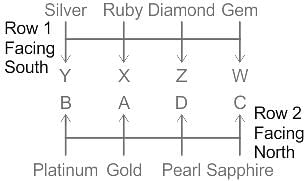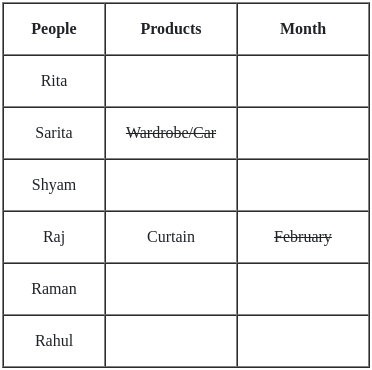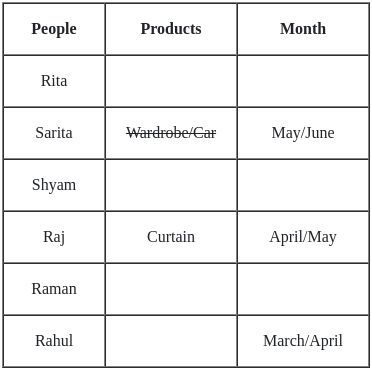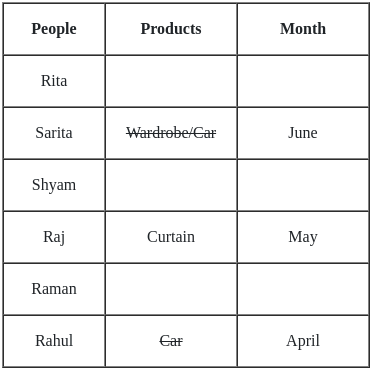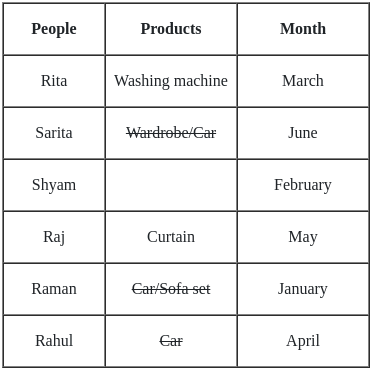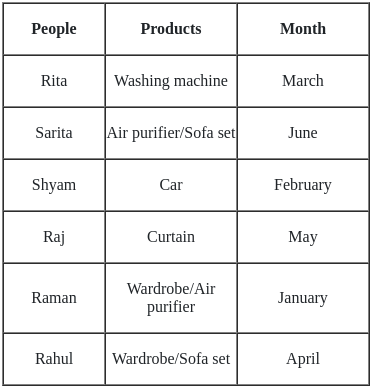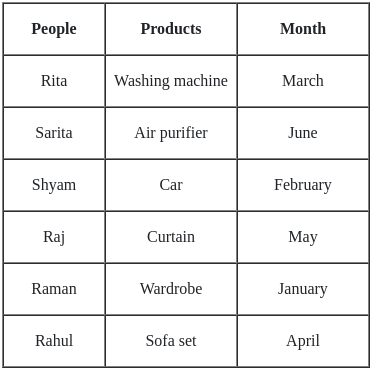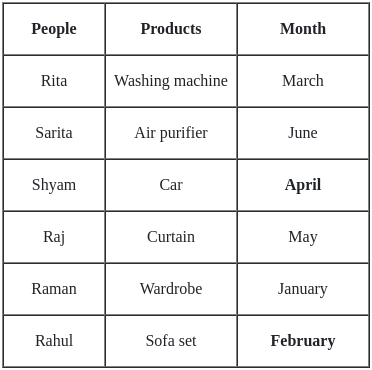SEBI Grade A (General Stream) Mock Test - 4 - Bank Exams MCQ
30 Questions MCQ Test Mock Test Series for SEBI Grade A Exam 2025 - SEBI Grade A (General Stream) Mock Test - 4
Which is the first South-American country to adopt India's UPI technology for real-time payments?
Direction: In the following question, one part of the sentence has an error. Read the sentence to find the error and mark the corresponding option. If the sentence has no error choose option 5 ‘No error’ as your answer.
We can't lose hope (A)/ as the doctor says (B)/ there is little hope (C)/ of his recovery. (D)/ No Error (E)
In the following sentence, a part of the sentence is underlined. Below are given alternatives to the underlined part, which may improve the sentence. Choose the correct alternative. In case no improvement is needed, choose the alternative that indicates 'No improvement.
On April 8, some retired bureaucrats and businessmen written a letter to the President of India over the EC’s conduct and credibility in the Lok Sabha elections.
In the following sentence, a part of the sentence is underlined. Below are given alternatives to the underlined part, which may improve the sentence. Choose the correct alternative. In case no improvement is needed, choose the alternative that indicates 'No improvement.
Fearing tax issues in future, many investors are going ahead with selling, transferring their shares or resigning from the boards before actually filing the tax returns.
In the given question, two equations numbered l and II are given. Solve both the equations and mark the appropriate answer.
I. x2 + 20x + 36 =0
II. y2 – 20y + 51 = 0
In which of the following years, the bookstore sold the same number of fiction book?
If the selling price of one fiction and one poetry book sold in 2021 are Rs. 350 and Rs. 250 respectively, then find the total revenue generated by bookstore in the 2021?
If in 2019, number of fiction and poetry books increased by 25% and 150% respectively as compared to the previous year, the find the total number of books sold by bookstore in 2018?
Four of the following five are alike in a certain way as per the given arrangement and hence form a group. Find the one that doesn’t belong to that group.
Who among the following persons are the immediate neighbors of the one who likes Pearl?
If Rahul and Shyam interchange their purchase month then which product is brought immediately after the month Shyam purchase the product ?



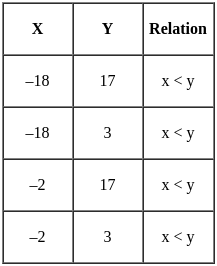
 ;
; = length of the platform,
= length of the platform, = length of the train,
= length of the train, = velocity of the train.
= velocity of the train. seconds
seconds 